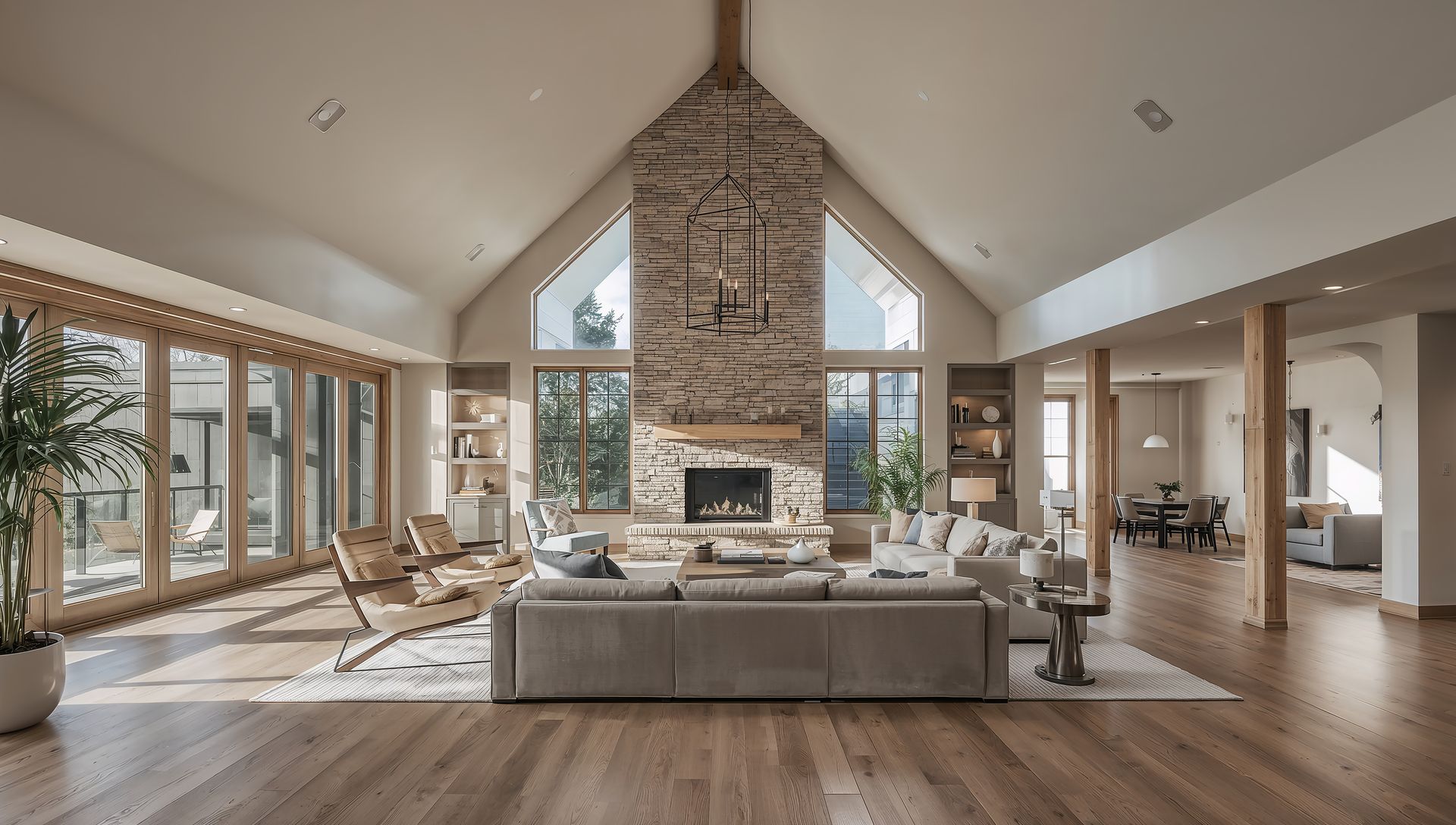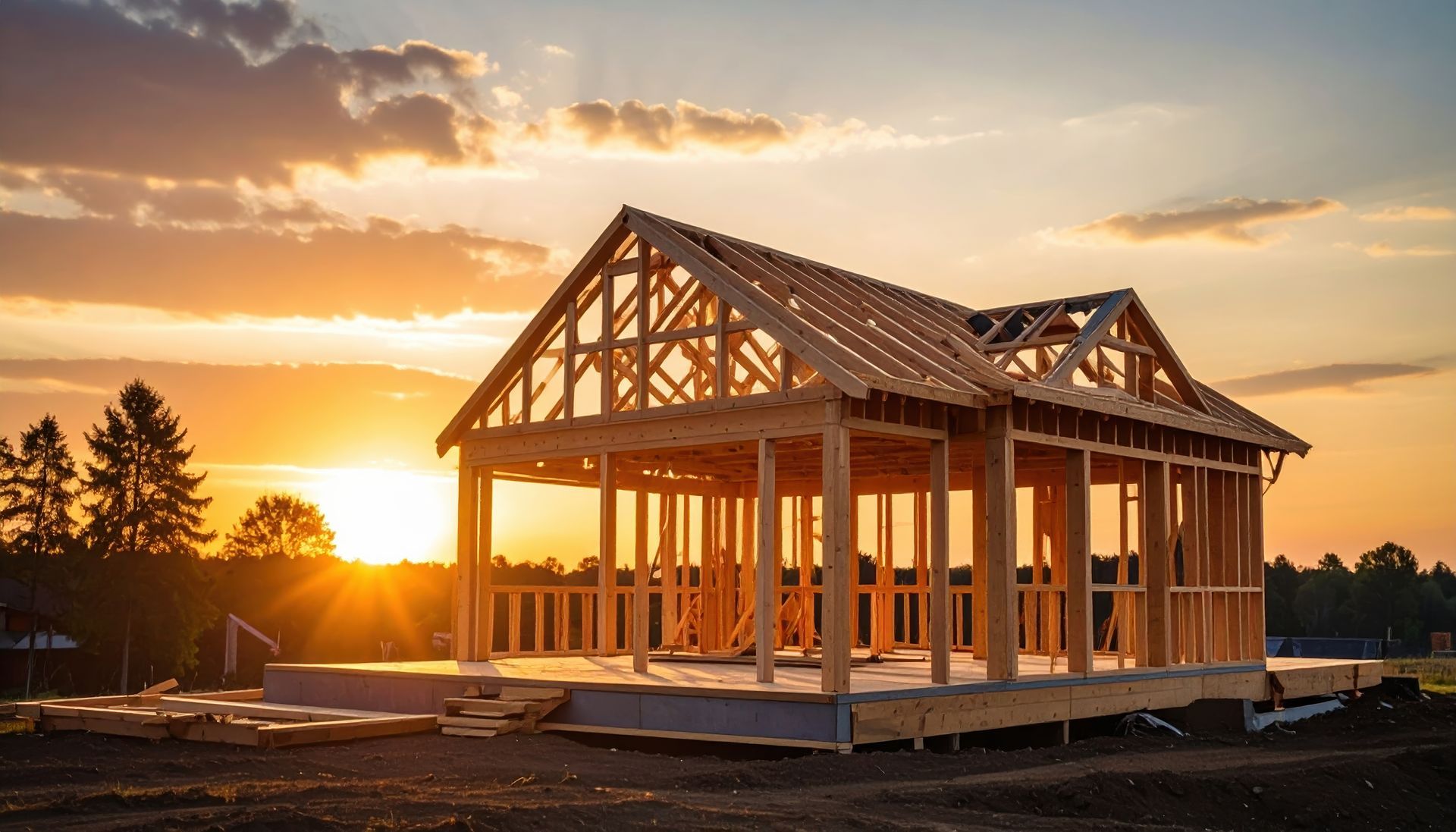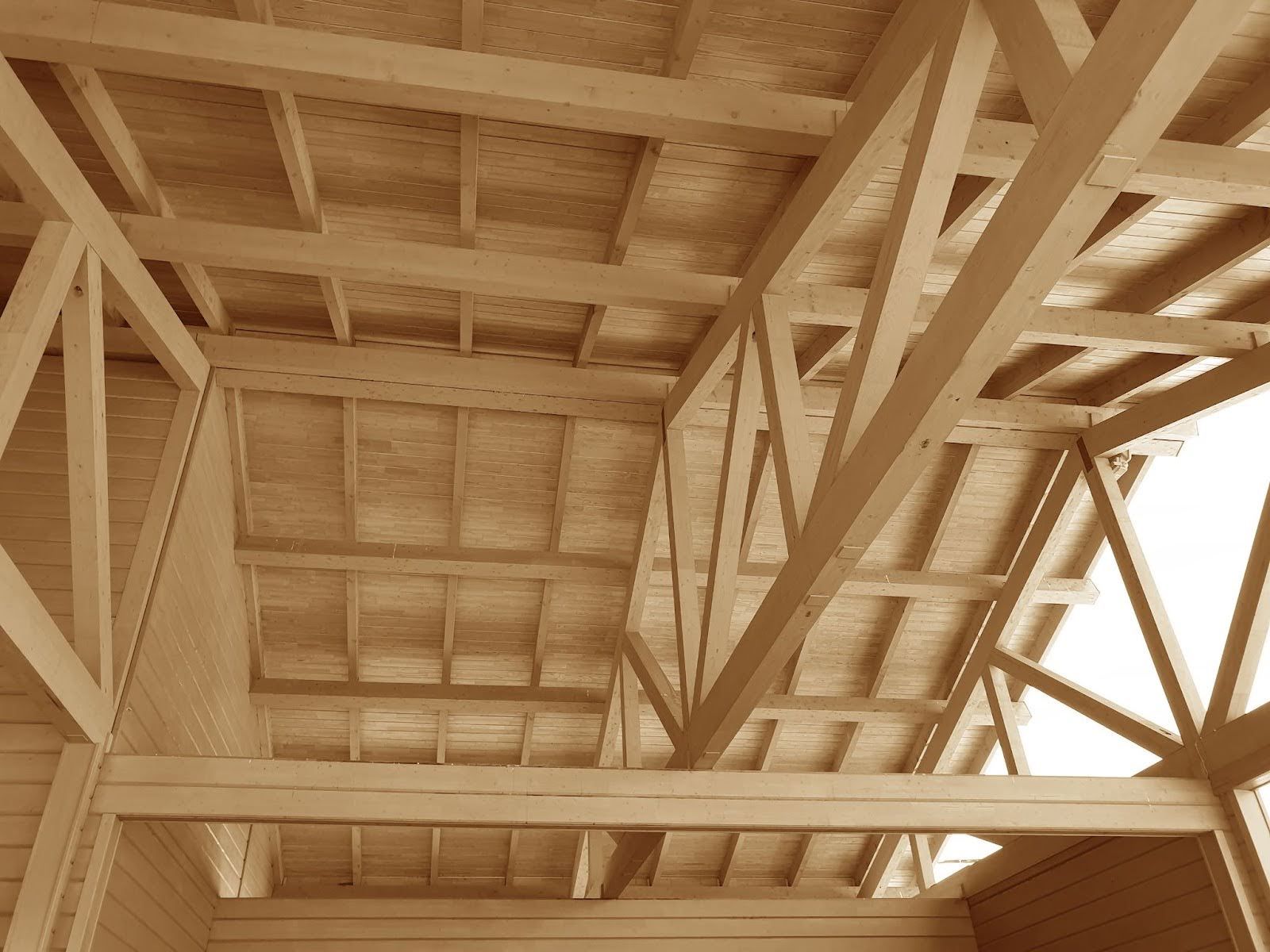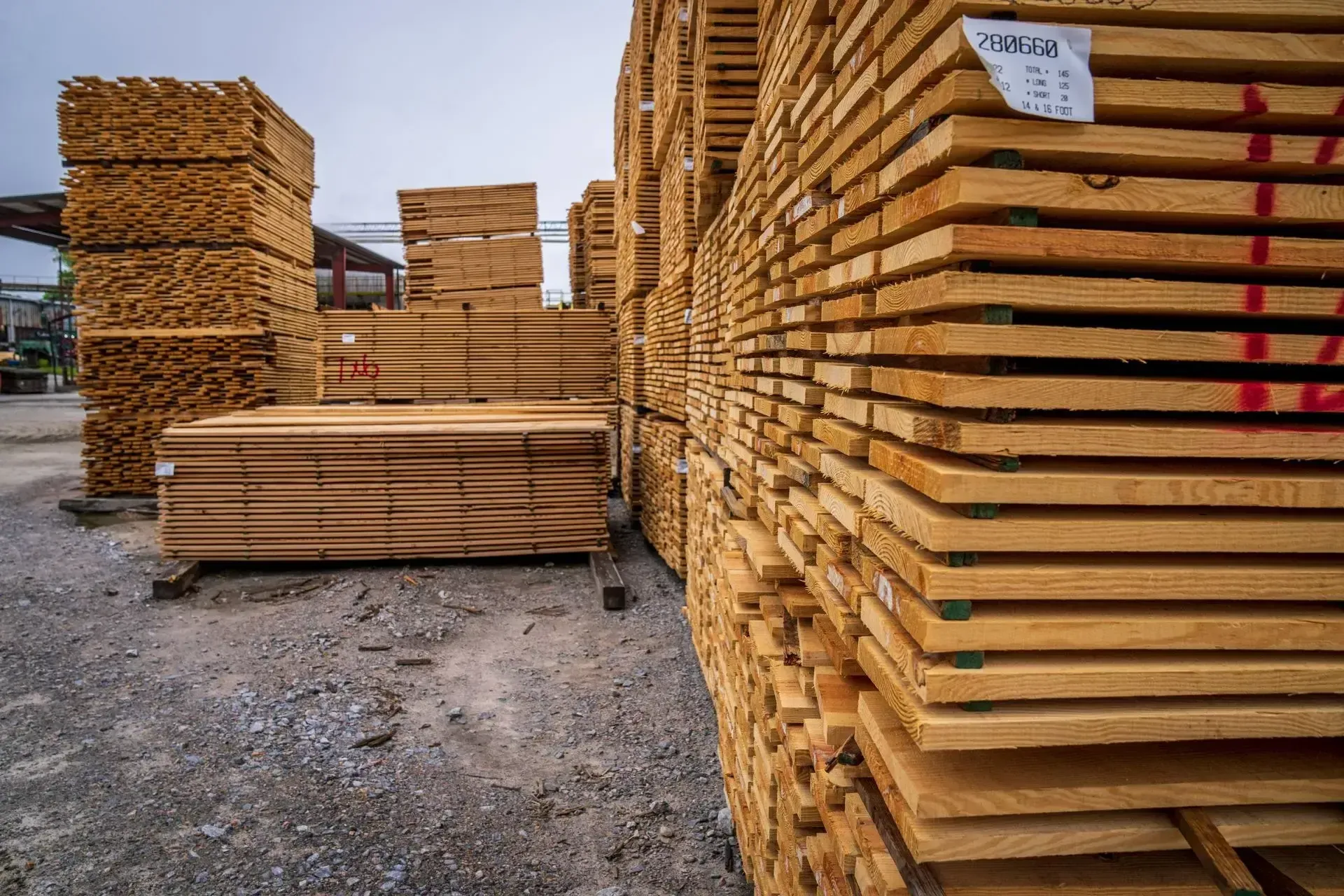Contact
Contact Us
Sign up to our newsletter
Blog
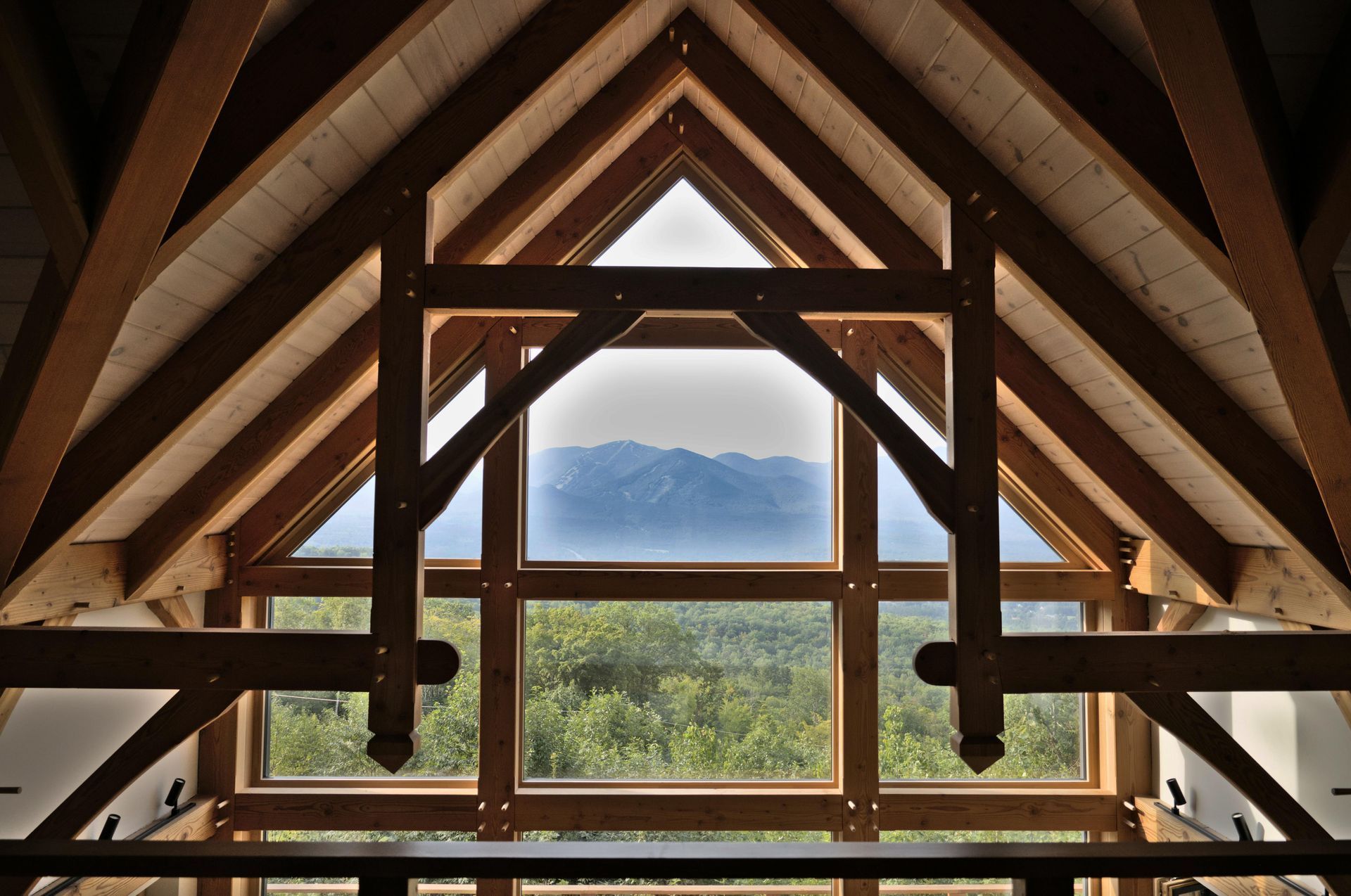
When planning a home renovation, many homeowners dream of adding stunning architectural details that elevate the look and feel of their space. Trusses—those striking, structural frameworks often seen in vaulted ceilings or rustic barns—are an increasingly popular way to achieve architectural elegance. However, many assume that incorporating trusses requires a hefty investment. At Ramona Lumber Co. , we believe that everyone should have access to beautiful, functional design, regardless of budget. In this blog, explore how you can creatively and affordably integrate trusses into your home renovation projects with smart DIY approaches and budget-conscious strategies. The Enduring Appeal of Trusses in Home Design Trusses have been used in building construction for centuries, prized for their strength, versatility, and aesthetic charm. Whether you’re aiming for a rustic farmhouse vibe or a sleek, modern look, trusses can be tailored to match your vision. Open ceiling trusses add drama and a sense of spaciousness, while exposed wooden beams can bring warmth and texture to any room. Architectural details like exposed beams and trusses are often standout features in kitchen and living room makeovers. However, many homeowners worry that wood trusses are out of reach for modest budgets. The good news is that with thoughtful planning, the right materials, and a bit of creativity, you can enjoy the visual impact of trusses without overspending. Choosing the Right Truss Style for Your Space Before diving into DIY strategies or sourcing materials, consider which truss style best fits your renovation goals. Common residential truss designs include: King post truss: Simplistic and strong, this is perfect for smaller spans and traditional aesthetics. Queen post truss: This offers a wider span and a touch of elegance with its double posts. Scissor truss: This creates vaulted ceilings and a sense of openness, ideal for adding height and drama. Selecting the right style influences the look of your space and impacts your renovation costs. Simpler designs typically require fewer materials and less labor, making them well-suited for budget-friendly projects. Sourcing Affordable Lumber and Materials One of the smartest ways to keep your truss project affordable is by carefully selecting your materials. At Ramona Lumber Co., we offer a wide range of quality lumber options suitable for both structural and decorative trusses. Opting for locally sourced woods can reduce transportation costs and support your community. For purely decorative trusses, consider using engineered or reclaimed wood—both of which can provide the desired appearance at a fraction of the cost of premium hardwoods. Reclaimed wood, in particular, has grown in popularity for its sustainability and unique character. There has been a notable increase in homeowners seeking eco-friendly materials for home renovations. By choosing reclaimed lumber, you save money and contribute to a more sustainable building practice. DIY Truss Installation: Tips for the Handy Homeowner For those with a bit of construction experience, building and installing decorative trusses can be a rewarding DIY project. Start by consulting with a professional or using online truss design software to ensure your plans are safe and feasible. Keep in mind that non-load-bearing, decorative trusses are typically easier to install and less expensive, as they don’t require the same level of engineering as structural trusses. When constructing your trusses: Measure your space carefully and create a detailed plan. Use affordable fasteners and brackets from trusted suppliers. Finish the wood with stains or paints to match your home’s décor. For step-by-step guides, consider resources like DIY Network for faux beam construction or seek advice from your local lumber experts at Ramona Lumber Co. Faux Trusses: The Secret to Architectural Impact on a Budget If your renovation goals are strictly aesthetic, faux trusses can deliver the same wow factor as structural ones—at a fraction of the price. Faux trusses are lightweight, non-structural beams made from real or engineered wood, installed purely for decorative purposes. They’re ideal for spaces where structural changes aren’t feasible, such as remodels in homes with existing low ceilings or where budget constraints rule out major structural work. Installation is often straightforward, making faux trusses a favorite among DIYers. By using hollow box beams, you can even hide wiring or lighting, adding function to the form. Faux trusses can be finished to mimic any wood species or color, giving you total creative control. Maximizing Value With Professional Guidance Even if you’re tackling your renovation as a DIY project, it’s wise to consult with building professionals or your local lumberyard. At Ramona Lumber Co. , our team is always ready to help you choose the right materials, provide design advice, and ensure your plans meet local building codes. By working with knowledgeable staff, you can avoid costly mistakes and maximize the return on your home renovation investment. Transforming Your Home With Trusses—Affordably Incorporating trusses into your home doesn’t have to strain your budget. By carefully choosing your style, sourcing affordable materials, considering faux options, and leveraging DIY techniques, you can bring architectural elegance to your space for less. The key is to plan ahead, seek expert advice, and never underestimate the impact of well-chosen details. For more inspiration and to explore quality lumber for your next renovation, contact Ramona Lumber Co. Whether you’re a seasoned DIYer or just beginning your home improvement journey, we’re here to help make your vision a reality—without breaking the bank.
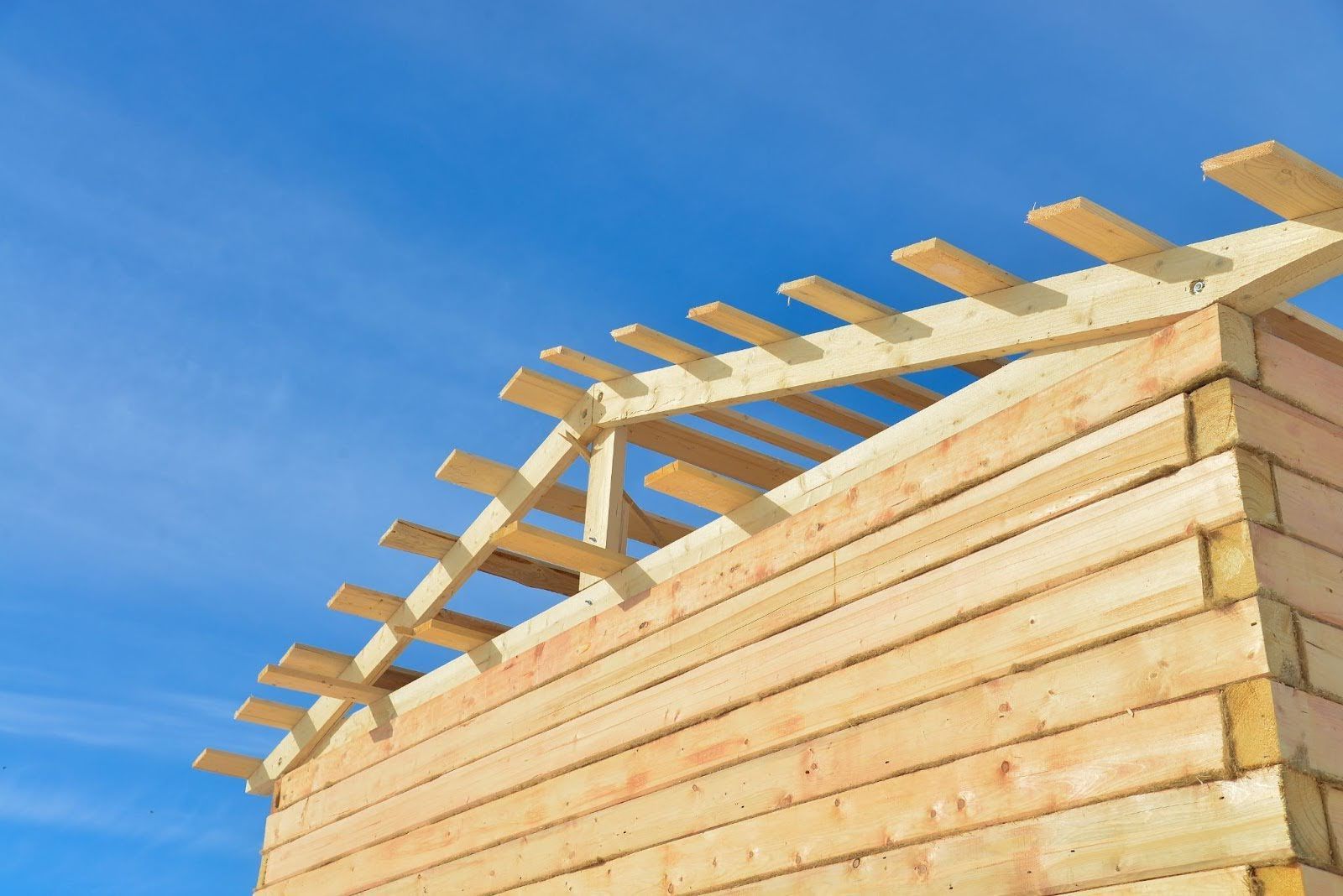
At Ramona Lumber Co, we know that trusses are essential for building sturdy, reliable roofs. But their value doesn’t end above our heads. Today, architects, artists, and builders are harnessing the strength, versatility, and aesthetic appeal of trusses in creative ways that go far beyond traditional roofing. Whether you’re building a breathtaking greenhouse or designing a dramatic interior feature, trusses offer innovative solutions that blend form and function. Let’s dive into some of the most exciting and unconventional uses for trusses, and explore real-world examples that showcase their potential. Trusses as Striking Architectural Features Trusses have long been admired for their ability to span large distances without the need for interior support walls. This structural capability opens up a world of possibilities for open-concept spaces—a hallmark of modern architecture. More recently, designers have begun to expose trusses as intentional architectural features, making them a focal point rather than hiding them above the ceiling. Open-web wooden or steel trusses, for instance, can create dramatic vaulted ceilings in homes, restaurants, and commercial spaces. The geometric patterns of the truss not only support the building but also add visual interest, drawing the eye upward and creating a sense of spaciousness. At the Crystal Bridges Museum of American Art in Arkansas, exposed trusses form sweeping curved structures that define the space and become an integral part of the visitor experience. Similarly, custom timber trusses are increasingly used in entryways, atriums, and lobbies to make a bold architectural statement. At Ramona Lumber Co, we’ve supplied custom trusses for local community centers and residences that wanted to bring warmth and craftsmanship to their interiors. If you’re looking for inspiration or need expert advice, our team is always ready to help you realize your vision—visit our Roof Trusses page to learn more. Trusses in Art Installations and Public Spaces Beyond their structural capabilities, trusses have found a place in the world of art and culture. Their geometric forms lend themselves well to large-scale installations that captivate audiences while maintaining practical stability. A notable example is the Serpentine Pavilion in London, where artists and architects are invited to design temporary structures in Kensington Gardens each year. In 2013, architect Sou Fujimoto used a grid of slender steel trusses to create a cloud-like pavilion, blurring the lines between architecture and sculpture. The result was an ethereal space that encouraged visitors to explore, interact, and view the landscape in new ways. Closer to home, public parks and plazas are incorporating truss-based sculptures and shade structures. These installations are not only visually striking but also durable and cost-effective, taking advantage of the inherent strength of trussed frameworks. At Ramona Lumber Co, we’re proud to have provided materials for several community art projects where trusses formed the backbone of imaginative, interactive displays. Greenhouses and Garden Structures Trusses are also gaining popularity in the world of horticulture and sustainable building design. The need for open, sunlit interiors makes trusses an ideal choice for greenhouses and garden pavilions. By eliminating the need for internal columns, trusses maximize usable space for plants and equipment, while their elevated profiles allow for better air circulation and natural light penetration. Innovative greenhouse designs often use timber or engineered wood trusses to support transparent roofing materials, such as polycarbonate or glass. This approach has been shown to improve crop yields and energy efficiency by optimizing sunlight exposure and ventilation . For backyard gardeners and commercial growers alike, trusses can transform a simple greenhouse into a high-performance, aesthetically pleasing environment. At Ramona Lumber Co, we offer a range of truss designs suitable for greenhouses, pergolas, and garden rooms. Our experts can help you choose the right materials and style to match your needs, whether you’re building a compact backyard conservatory or a large-scale commercial structure. Creating Unique Interior Spaces with Trusses Inside the home, trusses are being used in ways that add both character and function to living spaces. Exposed timber trusses can create a rustic or modern-industrial look in living rooms, kitchens, and even bedrooms. Their presence can define zones within open-plan areas, provide mounting points for lighting or fans, and support mezzanines or lofts. Loft-style apartments in cities like New York and Chicago have popularized the use of exposed metal trusses, celebrating the building’s history while providing a robust framework for modern living. Exposed structural elements like trusses are associated with increased perceived value and architectural interest among homebuyers. For homeowners seeking to add a unique touch to their interiors, trusses can be finished in a variety of stains, paints, or natural finishes to complement any style. Our design team can help you explore custom options that fit your aesthetic and functional goals. Trusses in Bridges, Walkways, and Outdoor Structures While trusses are often associated with large-scale bridges, their principles are just as effective for pedestrian walkways, garden bridges, and outdoor gazebos. The classic truss bridge design efficiently distributes weight, allowing for longer spans and lighter materials. This makes trusses an excellent choice for crossing streams, connecting garden spaces, or creating covered walkways in parks and campuses. The use of timber trusses in outdoor structures combines natural beauty with engineering prowess. For example, the Kew Gardens Treetop Walkway in London uses a trussed framework to support visitors 60 feet above the ground, providing safety and stability while blending seamlessly into the forest canopy. The Future of Truss Innovation As materials science and construction technology evolve, the potential uses for trusses continue to expand. Advances in engineered wood products and CAD-driven fabrication allow for complex, custom truss designs that were once impossible or cost-prohibitive. These innovations are opening the door to new applications in everything from disaster relief shelters to pop-up retail spaces and modular homes. At Ramona Lumber Co, we’re excited to be part of this wave of innovation. Whether you’re dreaming up a unique architectural feature, planning a sustainable greenhouse, or seeking inspiration for your next project, trusses offer a world of creative possibilities. For more information, get in touch with our knowledgeable staff—we’re passionate about helping you bring your ideas to life.



